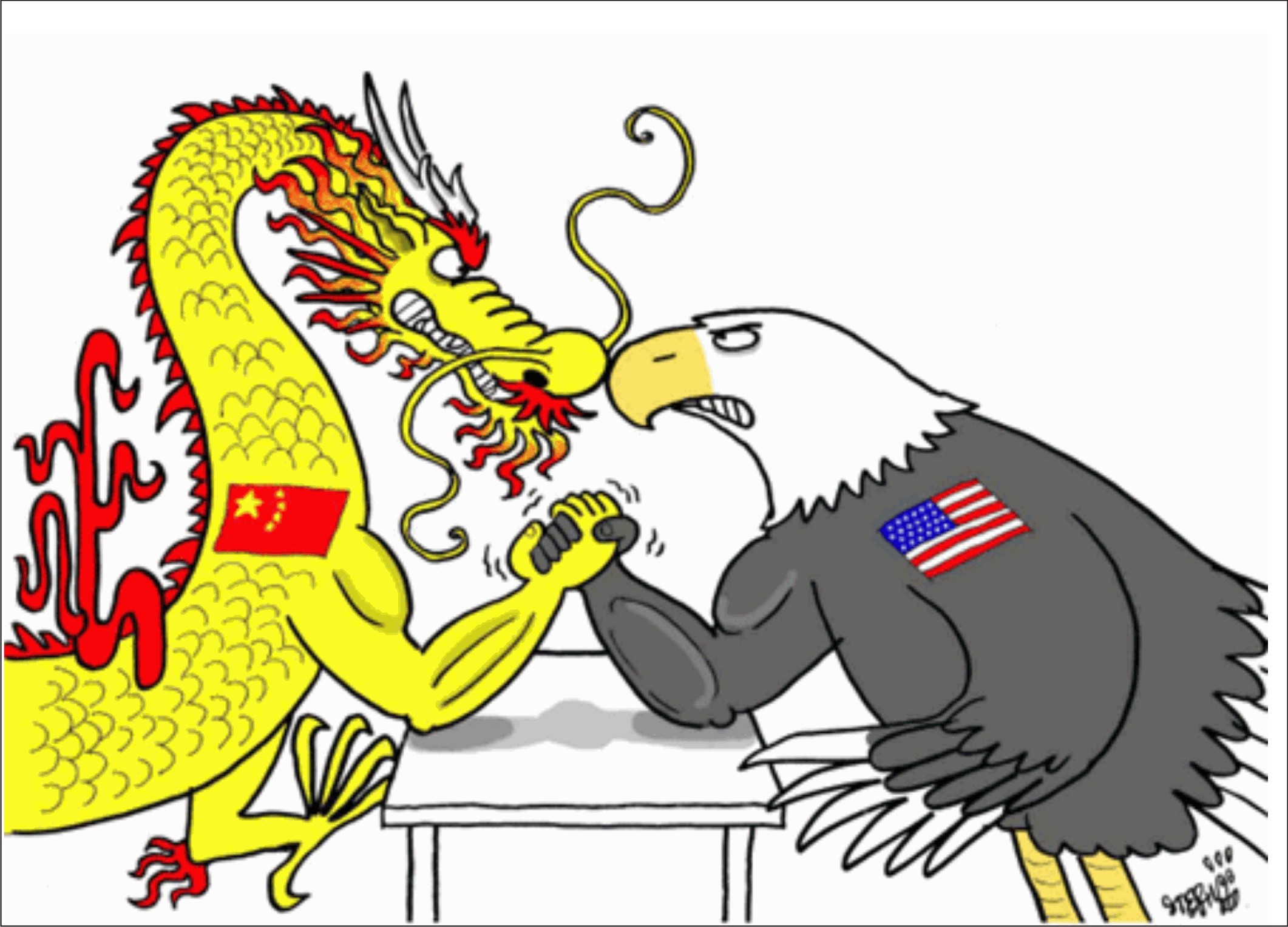Happy Friday everybody!
Yesterday the Fed dropped the data on consumer
spending. While the financial
media heralded the return of the American consumer, the reality is less
appealing.
The US consumer's revolving credit (think credit cards) is still well below the trend while total non-revolving (think car and student loans) never broke trend. For the Wall Street Journal to say that “borrowing is back” is an exaggeration. It’s obvious to me that some consumers paid down credit cards with their stimulus payments, others stuffed it in their bank account. I anticipate that it will take much longer for credit cards to come back to the trend.
Wholesale inventories were posted by the US Census Bureau today. They increased 1.3% month-over-month in May. Inventories increased for durable goods (1.2% vs .07% in April), especially lumber (7.6% vs 1.5%), metals (2.4% vs 2.3%), and furniture (2.4% vs 2.5%). Non-durable goods were also higher (1.5% vs 1.7%), specifically drugs (2.3% vs -0.2%). Its good to know that merchants are trying to keep their shelves stocked but the inventory/sales ratio continues to plummet.
Alan’s Options Primer
Volume 3
Something to keep in mind; when trading options and securities
in the stock market, there is always someone on the other side of your
trade. You cannot buy a stock (or
option) unless there is someone on the other side of the trade selling you the
stock (or option). Liquidity is
important. This is why big-wig investors
like Howard Marks at OakTree Capital would spend a whole
letter to his clients talking about it.
Options and stocks with low liquidity will be difficult to purchase and
even more difficult to sell.
Let’s define the terms.
Delta; in theory delta represents how much the price of an
option will move in relation to each $1 movement in the price of the underlying
asset.
Gamma; gamma value represents the theoretical movement of
the delta value as the price of the underlying security moves.
This might sound complex, so let’s have an example. Imagine you bought a call option with a delta
of .60. If the price of the underlying
security rises by $1, then the price of the call option would rise by $.60. If the gamma value was .10, then the delta
would increase to .70. This means that
another $1 rise in the price of the underlying security would result in the
price of the option increasing by $.70, and delta would also increase again in
accordance with gamma.
Theta; also know as theta decay or time decay. Options are time sensitive because they expire. Theta represents the change in the price as
the option’s expiration date gets closer.
Here is a graph to demonstrate what it looks like:
As the option contract gets closer to expiration, theta
decay increases. When there is less than
30 days left, decay is at its maximum.
Vega; is the value that indicates the rate at which the
price of the option will change in relation to changes in the volatility of the
underlying security. This can be a hard
topic to understand which is why it is vital.
Vega is the weak link in the Black-Scholes formula. I will always look at volatility, especially
implied volatility (IV), prior to any option contract purchase. The reason vega is so difficult to understand
is that you need to have an understating of volatility and implied
volatility. Neither of these are simple
subjects and could be a whole post in their own right. To keep it as simple as possible, the higher
the implied volatility (IV) of a security, the higher the cost of the option contract. I use the think-or-swim
platform by TDAmeritrade to analyze IV before any option contract purchase
or sale.
This concludes my primer on options. Future posts on options will go over basic strategies and some
examples.
Before I leave you to your weekend, if you find yourself kicking
back without entertainment, I recommend a listen to Eric
Peters, the Chief Investment Officer of One River Management, on the MacroVoices
podcast. While I don’t find his bitcoin
thesis appealing, his discussion of inflation is spot on and worth a listen.



















